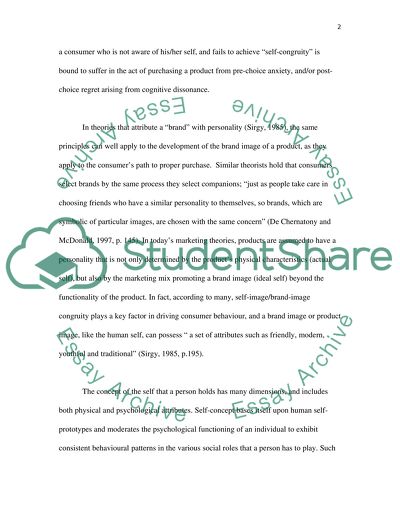Cite this document
(“Consumer Behaviour dissonance Essay Example | Topics and Well Written Essays - 2500 words”, n.d.)
Consumer Behaviour dissonance Essay Example | Topics and Well Written Essays - 2500 words. Retrieved from https://studentshare.org/miscellaneous/1533081-consumer-behaviour-dissonance
Consumer Behaviour dissonance Essay Example | Topics and Well Written Essays - 2500 words. Retrieved from https://studentshare.org/miscellaneous/1533081-consumer-behaviour-dissonance
(Consumer Behaviour Dissonance Essay Example | Topics and Well Written Essays - 2500 Words)
Consumer Behaviour Dissonance Essay Example | Topics and Well Written Essays - 2500 Words. https://studentshare.org/miscellaneous/1533081-consumer-behaviour-dissonance.
Consumer Behaviour Dissonance Essay Example | Topics and Well Written Essays - 2500 Words. https://studentshare.org/miscellaneous/1533081-consumer-behaviour-dissonance.
“Consumer Behaviour Dissonance Essay Example | Topics and Well Written Essays - 2500 Words”, n.d. https://studentshare.org/miscellaneous/1533081-consumer-behaviour-dissonance.


